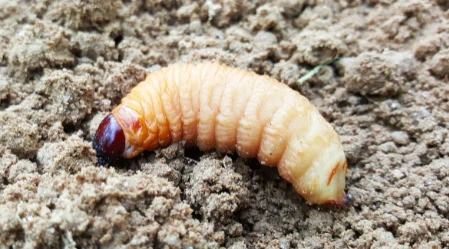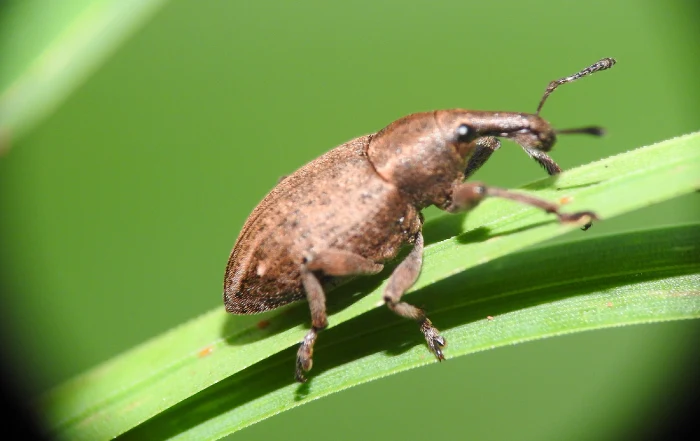When we think of pollinators, butterflies, bees, and bats often come to mind.
But there’s an often overlooked group of pollinators that are making significant contributions to plant fertilization: long-snouted beetles known as weevils.
A new study published in the journal Peer Community in Ecology provides a comprehensive exploration of over 600 weevil species, revealing their intricate relationships with specific plants that they actively pollinate throughout their life cycles.
According to Bruno de Medeiros, the senior author of the study and an assistant curator of insects at Chicago’s Field Museum, weevils are often disregarded by both pollination researchers and weevil specialists, leading to missed opportunities in understanding their ecological importance.
With approximately 400,000 known species, beetles constitute the largest group of animals on Earth, with weevils comprising the largest subgroup.
De Medeiros explains that there are roughly 60,000 known weevil species, equivalent to the number of all vertebrate animals combined. The study delves into previously published accounts of weevil-plant interactions to gain insights into their role as pollinators.
While weevils are sometimes perceived as pests due to their presence in pantries or their disruption of cotton crops, many species play a crucial role in benefiting plants, particularly as pollinators. The study focuses on a specific type of pollinator known as brood-site pollinators. These insects use the plants they pollinate as breeding sites for their larvae, leading to a specialized pollination interaction.

Since these insects complete their entire life cycle within a particular plant species, they often exclusively pollinate that specific plant. Simultaneously, the plants rely heavily on these dependable pollinators.
Brood-site pollination resembles the well-known relationship between Monarch butterflies and milkweed, where milkweed serves as the sole food source for Monarch caterpillars and a site for egg-laying.
However, brood-site pollinators, including numerous weevil species, take this relationship to a heightened level of specialization. Unlike Monarchs, which feed on nectar from various flowers, brood-site pollinators rely solely on their partner plant for sustenance and egg-laying.
De Medeiros emphasizes that this type of pollination interaction is often considered rare or unusual. However, the study reveals that hundreds of weevil species and plants exhibit this specialized pollination relationship, with many more likely yet to be discovered.
The interdependence between these closely linked weevil-plant relationships is crucial for the survival and proliferation of both parties.
De Medeiros highlights the case of oil palm, a plant used in the production of peanut butter and Nutella.
The palm oil industry struggled until researchers recognized that weevils found with the plants were their primary pollinators. Due to the misconception that weevils were not pollinators, progress in understanding their role was significantly delayed.
Addressing such misconceptions motivated the researchers to conduct this study. De Medeiros states, “We are highlighting a group of insects that most people want to see killed, and we’re showing that they can actually be pretty important for maintaining ecosystems and products that we care about.”
By summarizing existing knowledge and providing directions for future research, the study aims to enhance the appreciation of weevils as pollinators, particularly in tropical regions, among fellow scientists and the general public.
To learn more about our precious pollinators, click here and explore the Dakoa pollinator tag gallery.



















